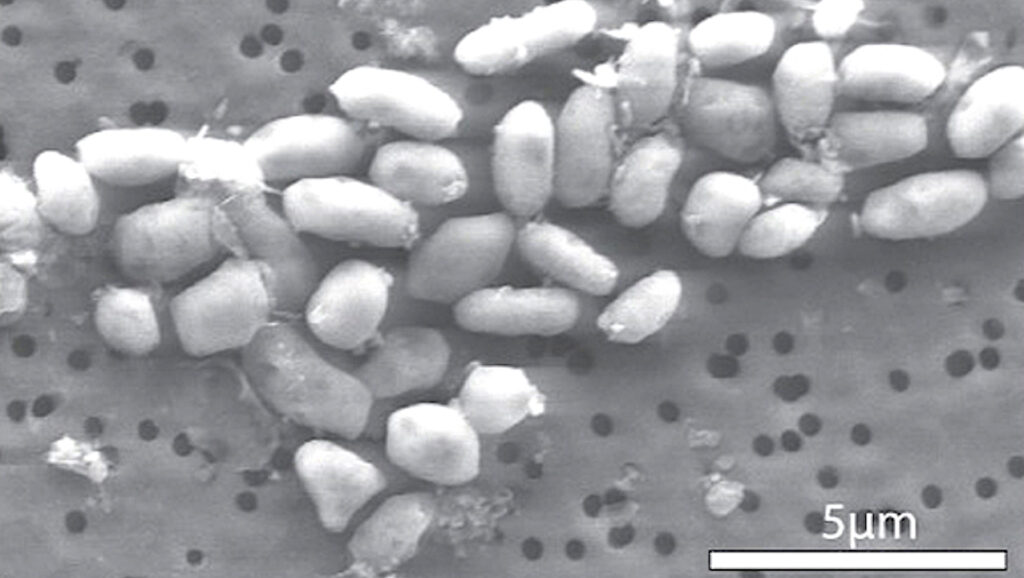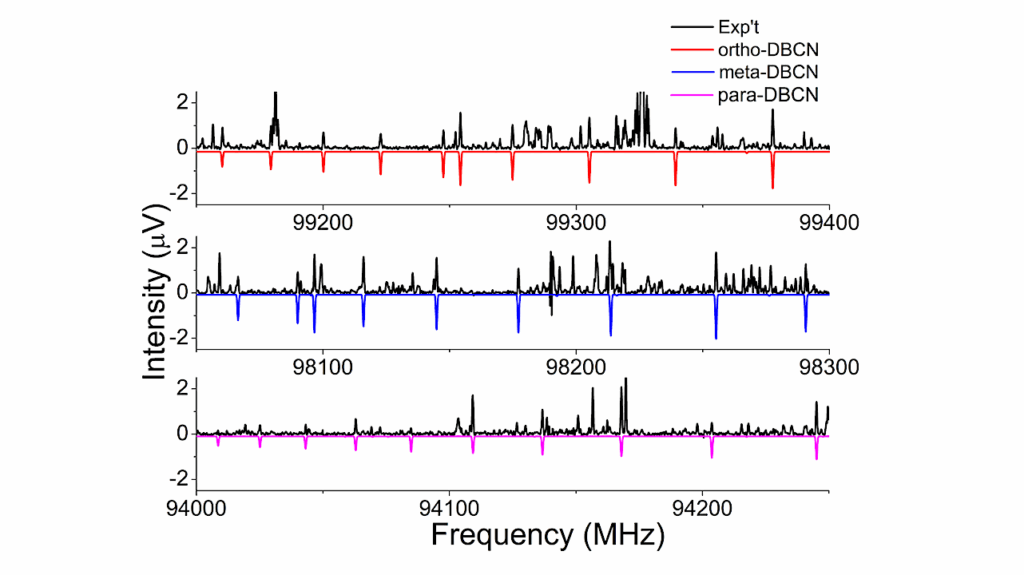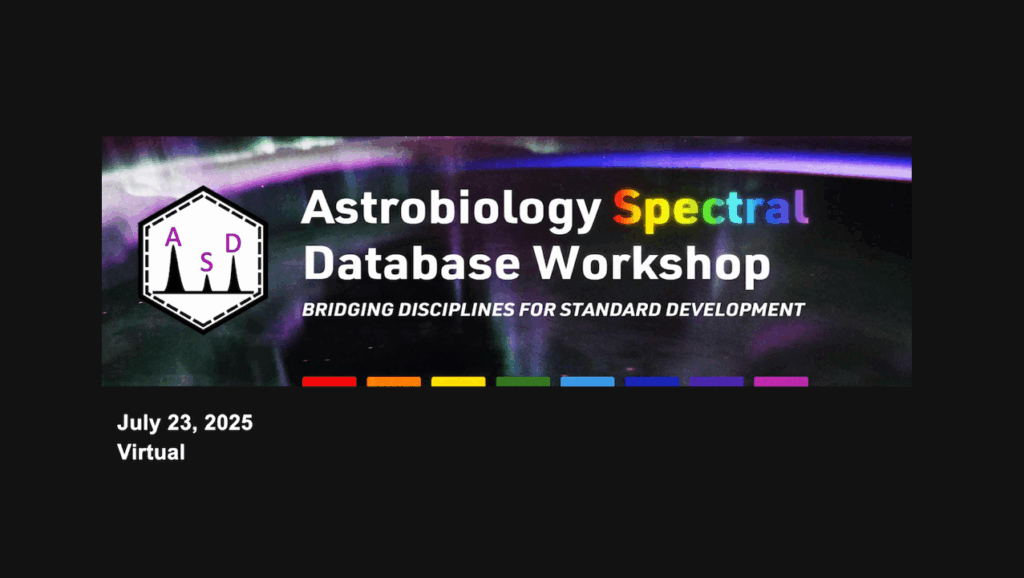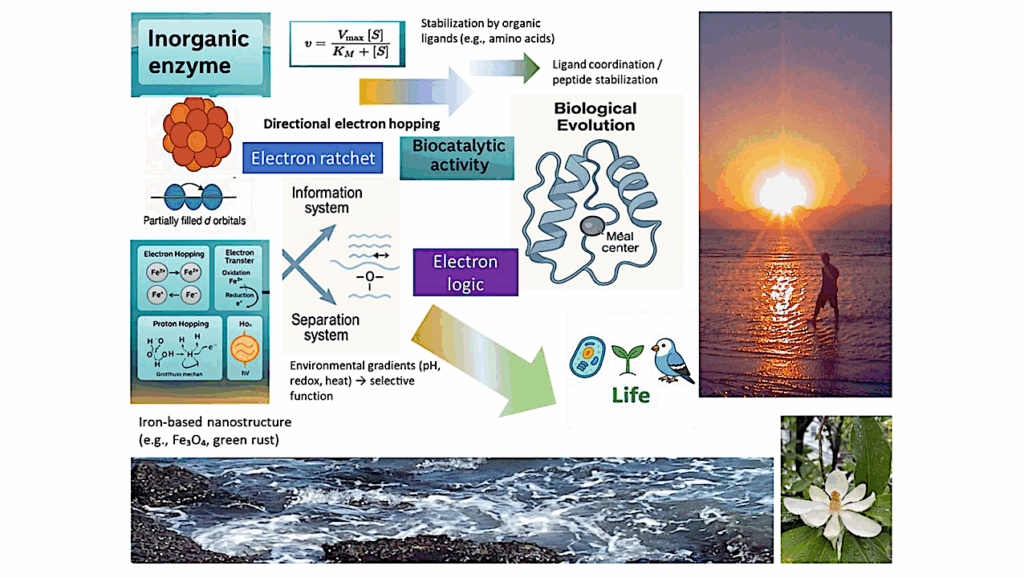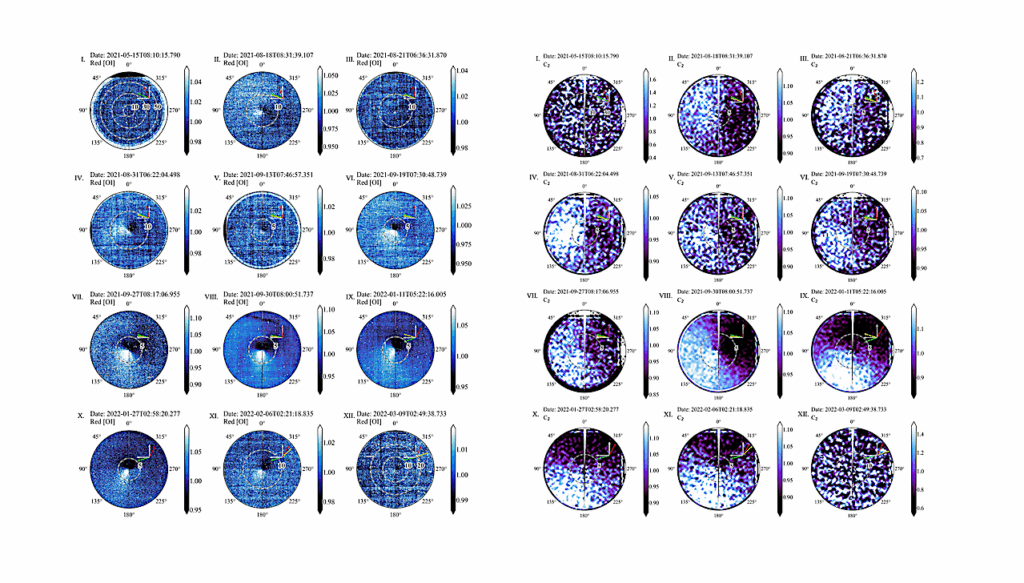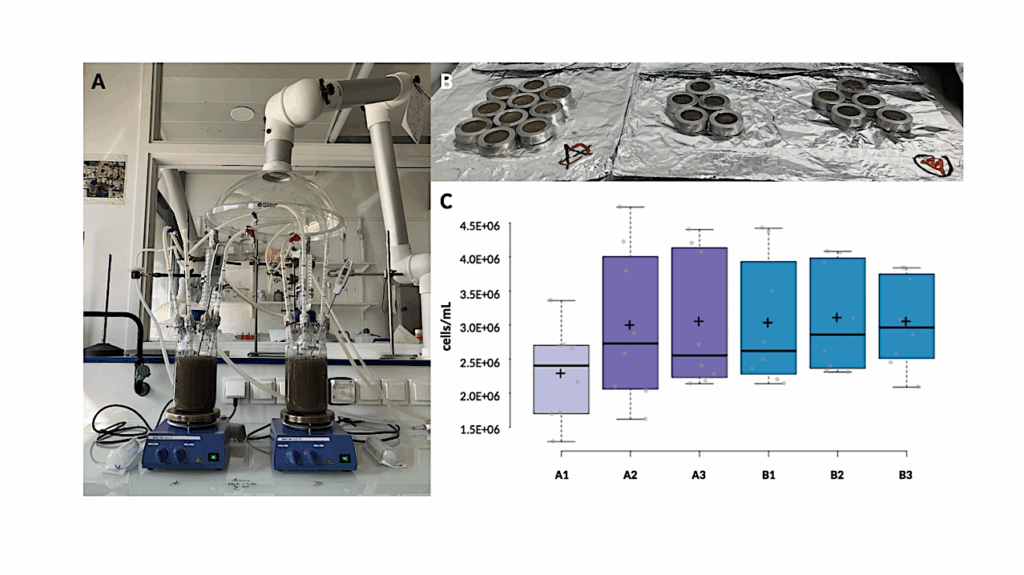Exploring Molecular And Modular Insights Into Space Ionizing Radiation Effects Through Heterogeneous Gene Regulatory Networks

Space ionizing radiation is a major risk factor for astronauts, yet its molecular mechanisms remain poorly understood.
This study employs an integrative approach to investigate the effects of space ionizing radiation on molecules, modules, biological functions, associated diseases, and potential therapeutic drugs.
Using paired samples from five donors subjected to acute ex vivo 2Gy gamma-ray irradiation, we analyzed miRNA and gene expression profiles in human peripheral blood lymphocytes collected 24 h post-exposure, combined with heterogeneous network analysis, identifying 179 key molecules (23 transcription factors, 10 miRNAs, and 146 genes) and 5 key modules.
Functional enrichment analysis revealed associations with processes such as cell cycle regulation, cytidine deamination, cell differentiation, viral carcinogenesis, and apoptosis.
Radiation was also significantly linked to neoplasms and digestive system diseases. Furthermore, we predicted 20 potential therapeutic compounds, including small molecules (e.g., Navitoclax) and Traditional Chinese Medicine ingredients (e.g., Genistin, Saikosaponin D), which may alleviate radiation-induced damage such as pulmonary fibrosis and oxidative stress.
These findings provide novel insights into the molecular mechanisms of space ionizing radiation and may contribute to developing effective strategies to protect astronaut health during space missions.
Exploring molecular and modular insights into space ionizing radiation effects through heterogeneous gene regulatory networks, NPJ Microgravity via PubMed (open access)
Astrobiology,


